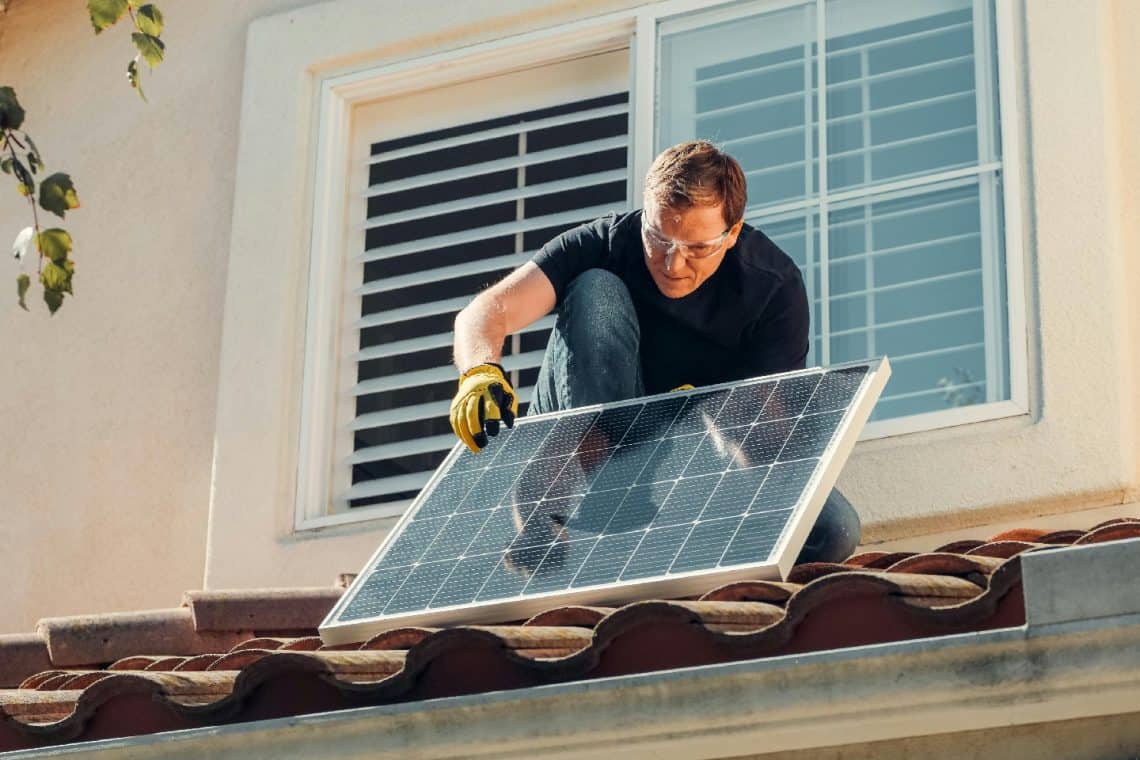In the heart of Johannesburg’s bustling suburbs, where the hum of city life once synced with the flicker of unreliable lights, a quiet revolution is underway. Rooftop solar panels gleam under the African sun, turning frustration into fierce independence. As Eskom’s loadshedding plunges homes into darkness yet again—costing the economy billions annually—thousands of South Africans are saying goodbye to the grid. This isn’t just survival; it’s a lifestyle upgrade. With solar adoption skyrocketing to over 7.3 GW of rooftop capacity by mid-2025, up 23% from the previous year, the “service grid” exodus is reshaping energy in the Rainbow Nation. From urban installs to Karoo hideaways, discover why going solar is South Africa’s hottest path to freedom.
The Loadshedding Exodus: From Blackouts to Bright Futures
Loadshedding isn’t just an inconvenience—it’s a national crisis that has shaved up to 3.2 percentage points off GDP growth and drained R60-120 billion from the economy in a single year. Since 2007, the cumulative cost has hit R43.5 billion, equivalent to a major economic setback. Frustrated citizens, from township entrepreneurs to suburban families, are migrating off the grid en masse. By 2025, rooftop solar installations alone are projected to reach 2.31 GW, a massive leap from 983 MW in 2022, driven by rising tariffs and endless outages.
This shift isn’t uniform. Wealthier areas lead the charge, with satellite data revealing a 140% annual increase in solar uptake from 2016 to 2023—mostly in affluent, historically white neighborhoods. It’s a stark reminder of energy inequality, yet the momentum is undeniable: South Africa’s solar market is booming at a 38% CAGR, set to grow by USD 5.46 billion through 2029. For many, ditching Eskom means reclaiming control, powering homes with clean, reliable energy that defies the schedule of stage 6 blackouts.
Urban Solar Surge: Rooftop Revolution in Joburg
Joburg, the City of Gold, is now the epicenter of Gauteng’s rooftop solar boom, boasting 2.2 GW of embedded PV capacity by mid-2025. From Sandton’s high-rises to Soweto’s resilient rooftops, installations have surged 400% in recent years, fueled by an oversupply of affordable panels and the Energy Bounce-Back Scheme’s incentives. Prices have dipped, with a typical 5kW system now costing under R50,000, making solar accessible even for middle-class households.
Take the story of everyday Jozi families: one user shared how their off-grid setup ended loadshedding woes, powering everything from Wi-Fi to fridges without a hitch. Businesses aren’t far behind—cafes and offices in Braamfontein now run seamlessly on solar, turning potential downtime into productivity. Experts predict a rebound in 2025, with tariffs climbing 12-15% annually pushing even more urbanites to install. It’s not just about lights staying on; it’s economic resilience in a city that never sleeps.
Rural Retreats: Karoo Eco-Homes Leading the Way
Venturing beyond the urban sprawl, the vast Karoo landscape is a haven for off-grid dreamers. Here, eco-homes harness the region’s abundant sunshine—up to 6.5 kWh/m² daily—for fully solar-powered living. Properties like Eco Karoo Lodge and De Zeekoe Guest House run 100% off-grid, drawing borehole water and generating power via panels that fuel everything from gourmet kitchens to stargazing decks. These aren’t rustic shacks; they’re elegant retreats with passive solar designs that heat and cool naturally, slashing energy needs by up to 70%.
In the Karoo’s arid beauty, families are building self-sufficient havens: think Ecomo pod homes with rainwater harvesting and greywater recycling, or Willemskraal’s solar pods on working farms. One recent listing highlighted an 11-hectare off-grid gem with full solar independence and reliable boreholes, perfect for eco-enthusiasts fleeing city stress. As loadshedding hits rural lines hard, these homes aren’t just sustainable—they’re a blueprint for resilient living, blending Karoo tranquility with cutting-edge green tech.
Global Lessons: What U.S. Blackouts Teach South Africa
South Africa’s solar sprint mirrors the U.S., where massive blackouts—like Texas’s 2021 freeze that left millions in the dark—sparked a decentralized energy rush. There, solar-plus-storage systems proved lifesavers, reducing outage impacts by 90% in equipped homes and cutting reliance on fragile grids. Experts draw direct parallels: just as U.S. consumers turned to batteries after storms, South Africans are pairing panels with inverters to weather loadshedding.
The Iberian Blackout of April 2025, affecting Spain and Portugal, underscored the risks of over-centralization—lessons echoing in SA’s grid woes. By embracing distributed solar, as the U.S. has with 655 GW projected for 2025, South Africa could hit 25.7 GW renewables by 2030. It’s a win-win: slashing emissions (solar now at 8% of electricity) while building blackout-proof communities. As one analyst notes, “Energy pressure is turning into progress”—a model SA is wisely adopting.
Living the Dream: DIY Guides and Solar Glamping Getaways
Ready to join the off-grid club? DIY solar setups are simpler than ever in South Africa. Start with a basic kit: 4-6 panels (R10,000-R20,000), a 5kW inverter, and lithium batteries for R30,000 total. Guides from EcoFlow and SmartMin Energy walk you through mounting (100mm roof clearance for cooling), wiring, and SSEG registration with your municipality. Pro tip: Go hybrid for grid backup, and check forums like DIY Solar Power for SA-specific hacks—users rave about 12-panel systems powering farms off-grid since 2021.
For a taste without commitment, dive into solar glamping. AfriCamps’ boutique tents on wine farms run on panels, blending luxury with low-impact vibes. In Limpopo, Few & Far Luvhondo offers clifftop suites with a solar-powered aerial cable car, while Karoo spots like Motsomi Lodge deliver starry nights in eco-pods. These getaways—bookable via Booking.com or LekkeSlaap—let you unplug in style, proving off-grid life is as glamorous as it is green.
As South Africa basks in its solar potential, the grid exodus isn’t ending—it’s evolving. With costs dropping and tech advancing, more families will trade Eskom bills for sun-soaked sovereignty. Whether you’re eyeing a Joburg rooftop or a Karoo escape, solar-powered freedom awaits. Why wait for the next blackout? Harness the sun today and light up your tomorrow.
